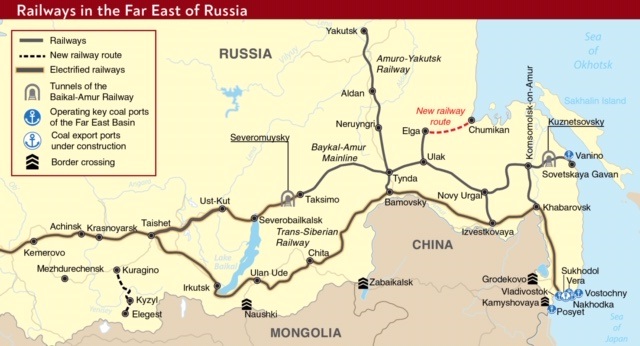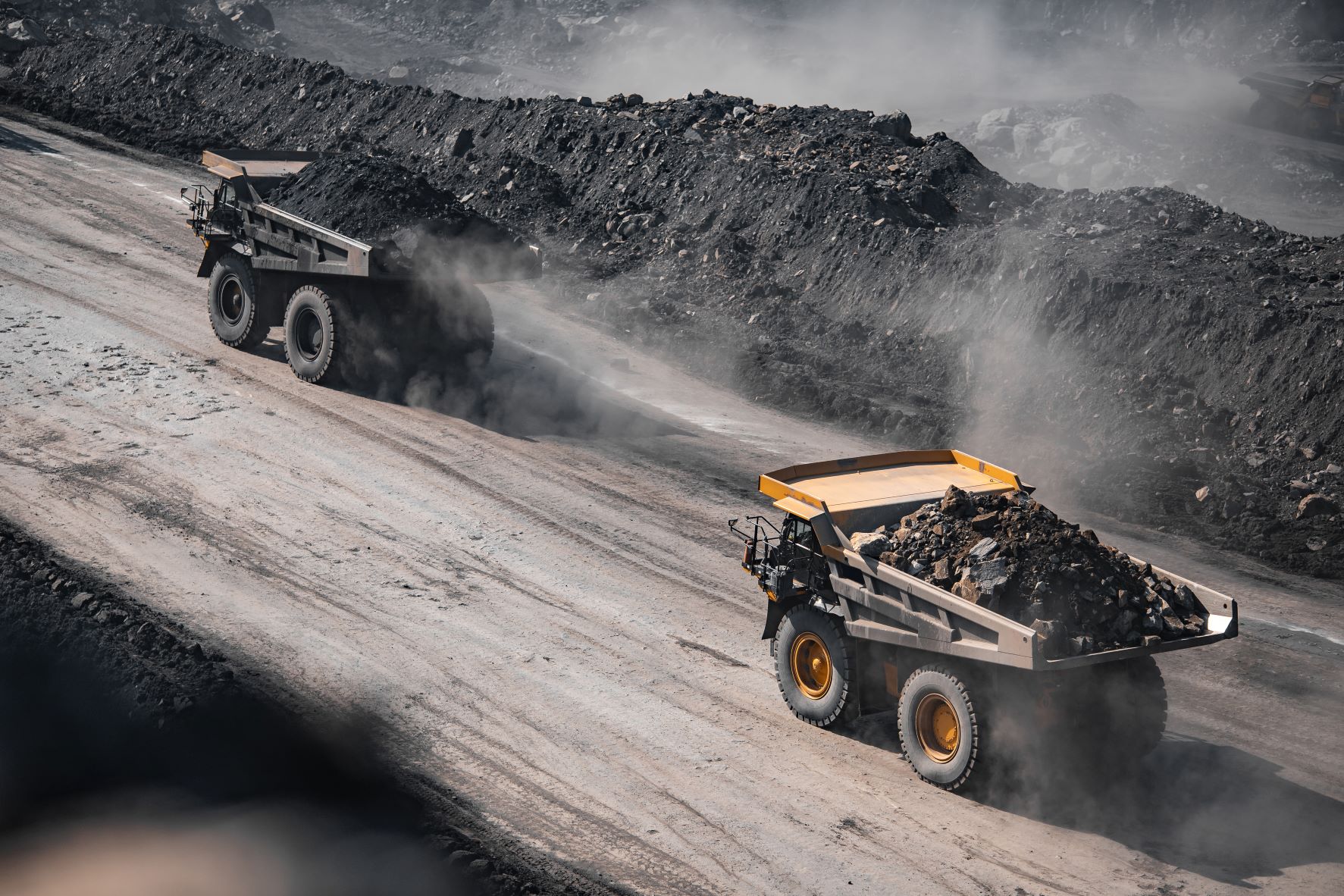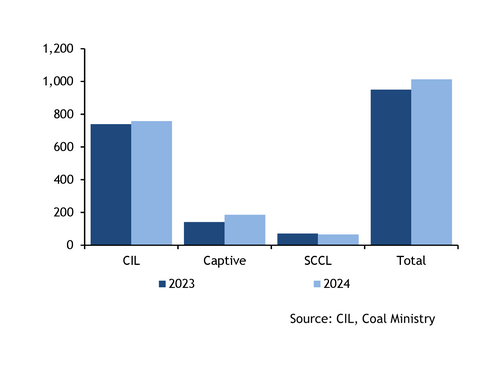

Russian Railways (RZD) proposed a 51% increase in tariffs for empty railcars haulage from stations in the Far East to stimulate the export of containers in the western direction. In addition, RZD plans to provide discounts on transportation of containers in open-top wagons to ports in the northwest and mirror the increase in rates for their transportation to Far Eastern terminals.
According to RZD, these measures are aimed at increasing the economic interest of railcars owners in providing rolling stock for containers transportation from the Far East and reducing empty runs, that should increase the share of reverse loading of open-top wagons by attracting containers in a situation of disbalance of the freight base along the “west-east” and “east-west” directions.
After the imposition of Western sanctions and the closure of the key direction of container shipments through ports in the Northwest, container flows shifted to the Far East. Since late summer, a huge volume of containerized cargos began arriving at Russian Far Eastern ports, continuing to grow on the eve of the New Year holidays. This led to severe congestion, after which in November the Russian President instructed “to consider the issue of changing the 2023 tariff policy for container shipments to seaports”.
Market participants believe that this initiative may lead to higher costs and significantly worsen the coal supply traffic, which involves the rapid return of empty cars, that is the key to the operation of convenient ring routes for coal transportation.
Russian Railways’ proposal would result in a slowdown of the network and a shortage of railcars in coal-loading regions, while not driving up container shipments, though it would definitely increase Russian Railways’ revenues. According to market participants, the idea of raising tariffs in the eastern direction, without distinction between container platforms and railcars, is inconsistent with the suggestion to attract container cargos to open-top wagons, nor with the idea of boosting the volume of container shipments from the east.
In addition, the President’s instructions include a clause on the export of additional coal volumes to the east no later than mid-April to compensate for the lack of shipments in 2022. Interfering with the technology of coal deliveries to the east would exacerbate the existing traffic issues at the Eastern range and hamper the fulfillment of these plans.
Source: CAA













